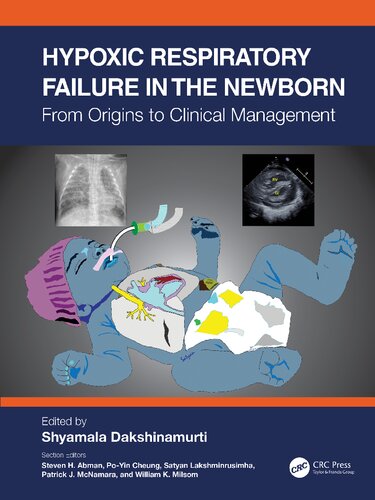

Most ebook files are in PDF format, so you can easily read them using various software such as Foxit Reader or directly on the Google Chrome browser.
Some ebook files are released by publishers in other formats such as .awz, .mobi, .epub, .fb2, etc. You may need to install specific software to read these formats on mobile/PC, such as Calibre.
Please read the tutorial at this link: https://ebookbell.com/faq
We offer FREE conversion to the popular formats you request; however, this may take some time. Therefore, right after payment, please email us, and we will try to provide the service as quickly as possible.
For some exceptional file formats or broken links (if any), please refrain from opening any disputes. Instead, email us first, and we will try to assist within a maximum of 6 hours.
EbookBell Team

4.0
26 reviewsWe have all been hypoxic. Fetal tolerance for intrauterine hypoxia arises from evolutionarily conserved physiological mechanisms, the antecedents of which can be learned from diving mammals or species at high altitudes. Understanding fetal hypoxia leads to understanding the huge physiological shifts of neonatal transition and the dangers of perinatal hypoxia.
This comprehensive volume of topical review articles by expert authors addresses the origins of hypoxia tolerance, the impact of oxygen on circulatory transition at birth, and the biochemistry of hypoxia in the pulmonary circuit, as well as the classification, diagnosis, and clinical management of hypoxic respiratory failure and persistent pulmonary hypertension in the term neonate.
The goal of Hypoxic Respiratory Failure in the Newborn is to connect our understanding of hypoxia from animals in extreme environments, with how the human fetus handles its hypoxic environment; and why the human newborn suddenly cannot. The book will educate health care professionals on how to care for newborns with hypoxic respiratory failure, including the use of up-to-date diagnostic tools and therapies. It also highlights areas of controversy and ongoing research in hypoxic respiratory failure and pulmonary hypertension of the newborn, including challenging case studies.
Key Features